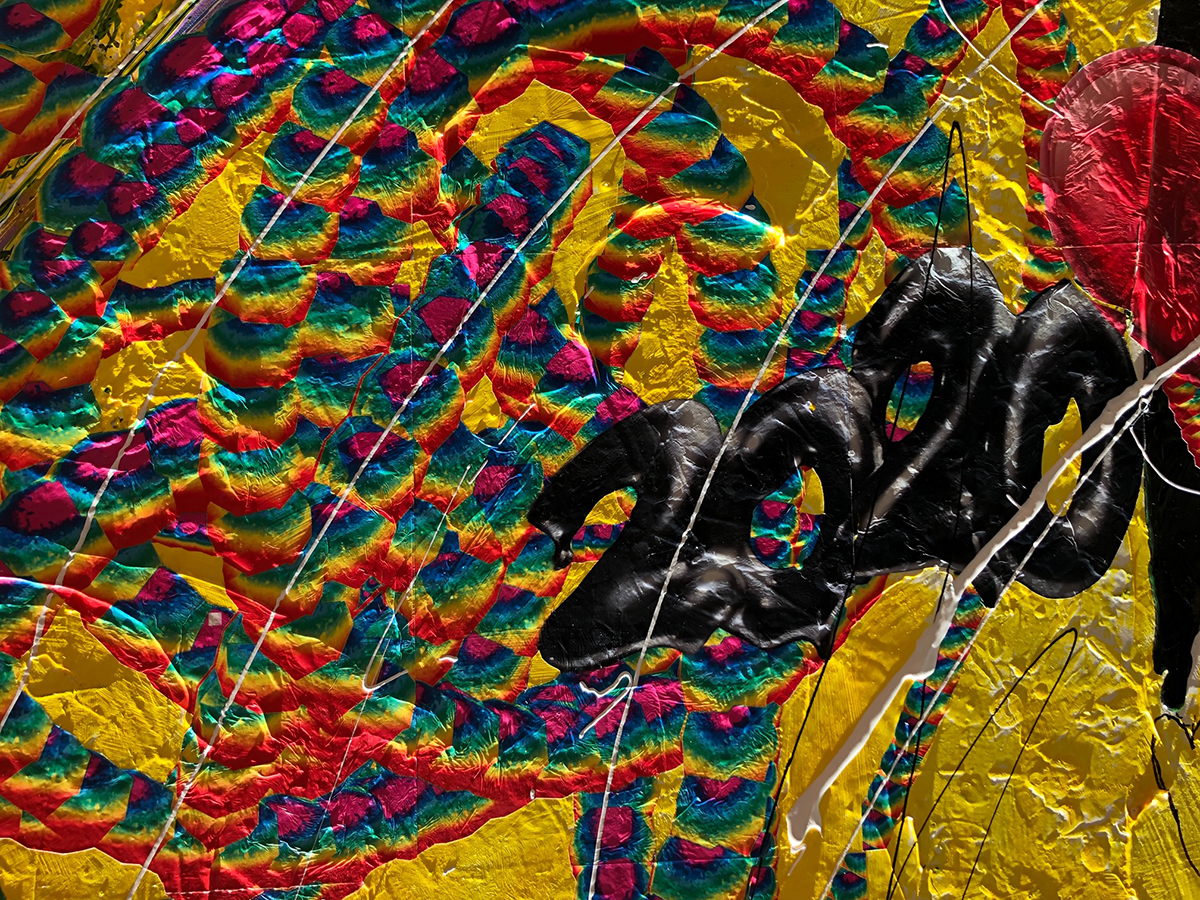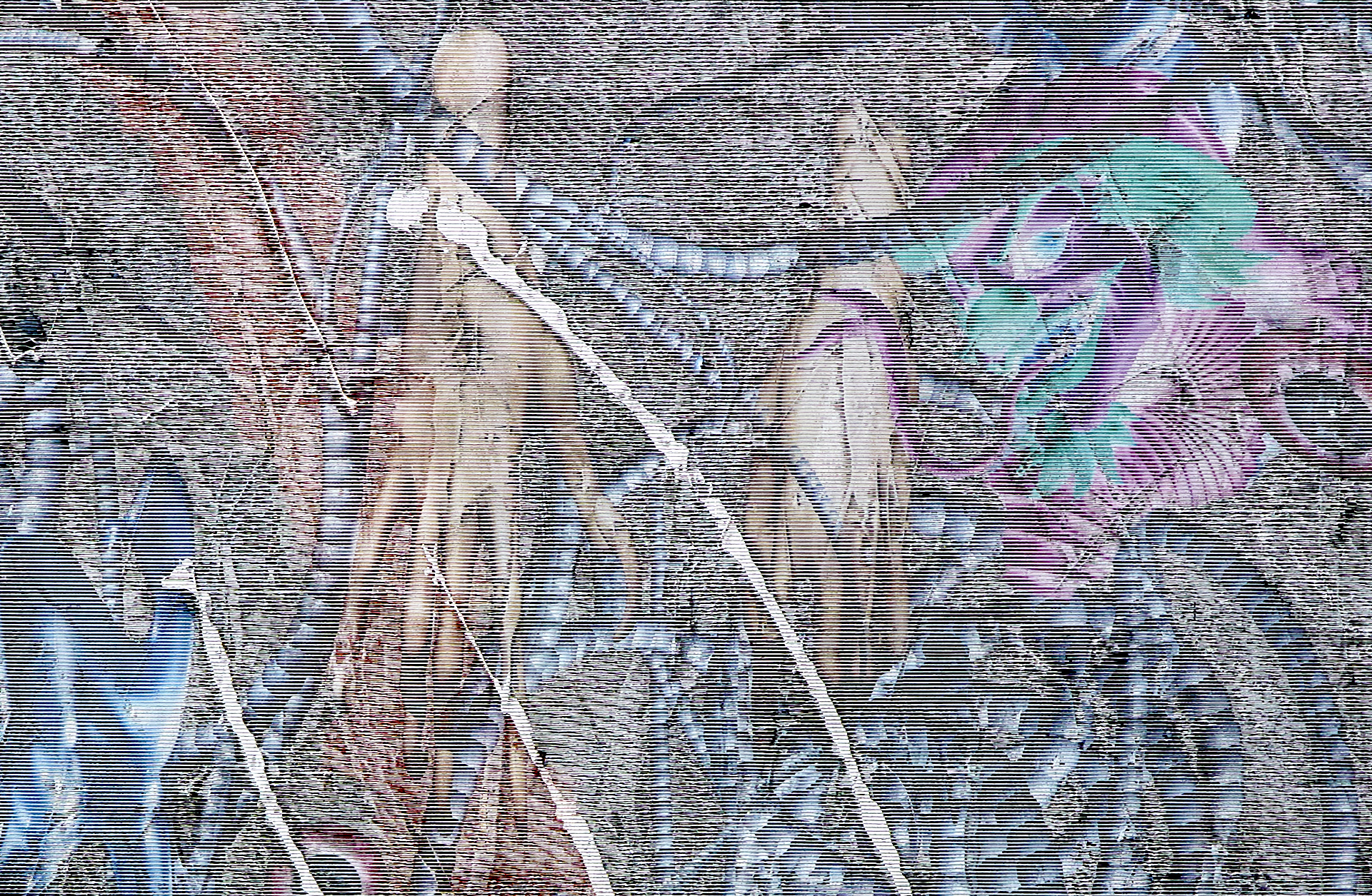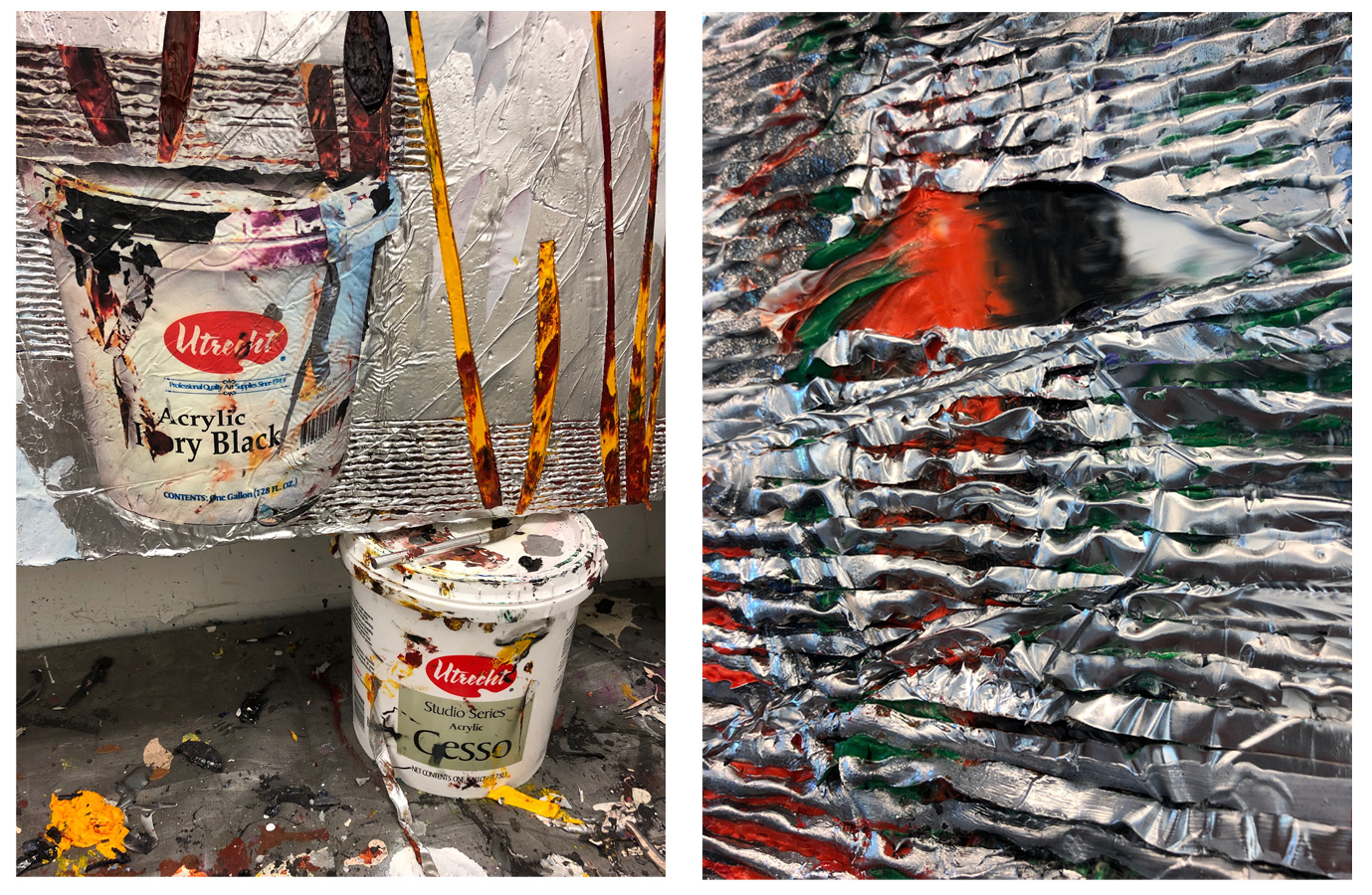Casey Kaplan

For our newest installment of “Artist Stories,” Garth Weiser (b. 1979, Helena, MT) offers an intimate look inside his studio in Hillsdale, New York, as he works towards his eighth solo exhibition at the gallery, opening January 28, 2021. The exhibition will debut a new series of paintings that incorporate representational imagery sourced from the internet. To produce the works, Weiser downloads pictures found online, manipulates them in Adobe Photoshop, digitally prints the modified images directly onto his oil canvases, and continues to paint abstractly over top. Through a selection of reference material, photos of works in progress, and other informal images from the studio, we are able to preview this exciting new body of work and gain insight into the artist’s unique and expanding methodology.
Weiser maintains a non-hierarchical and intuitive approach to the sourcing of imagery - moving fluidly through niche social-media forums such as Reddit and Tumblr, to e-commerce sites peddling Clipart renderings and CAD vectors. Pictures are chosen as much for their formal and textural qualities as for any implied content, ranging from symbolically loaded to utterly banal. Computer game avatars and cartoonish band mascots fuse with stock graphics and textural filler. Employing his own series of distortions - both digitally and through his unique painting processes - Weiser mines the digital waste that pollutes cyberspace, where visual content is exhaustingly generated, distributed, and discarded, in a never-ending stream of user-controlled appropriation.

Once the photographs are transferred onto his canvas, Weiser continues to paint over the printed imagery, skillfully weaving virtual figuration with abstract form. Each painting is marked by surface striations. Weiser applies thin strips of tape over his compositions as he works which create indentations within the thick oil paint from when they are subsequently removed. Additional cavities are made by cutting away exterior layers with a utility knife, in order to reveal pops of color or glimpses of printed imagery underneath. This removal process becomes a painterly gesture in and of itself and transforms the canvases into sculptural objects that are experienced in relation to one’s own body. As he builds each composition, the representational imagery loses legibility; engulfed within the abstract overlay. Elements of the composition go in and out of focus, recalling philosopher Ludwig Wittgenstien's writings on 'aspect perception,' whereby a single image or object can contain multiple distinct and contrasting representations.This flickering of perception, akin to a ventricular photograph, is evident in ”remote group ceremony" (2020). The painting depicts what looks like the spiraled tentacle of a fantasy sea-creature rendered in psychedelic hues, against a bright yellow background. The illusory texture of the computer-generated extremity melds with the tactility of oil paint while streaks of silver-spray paint create a dynamic interference pattern.
